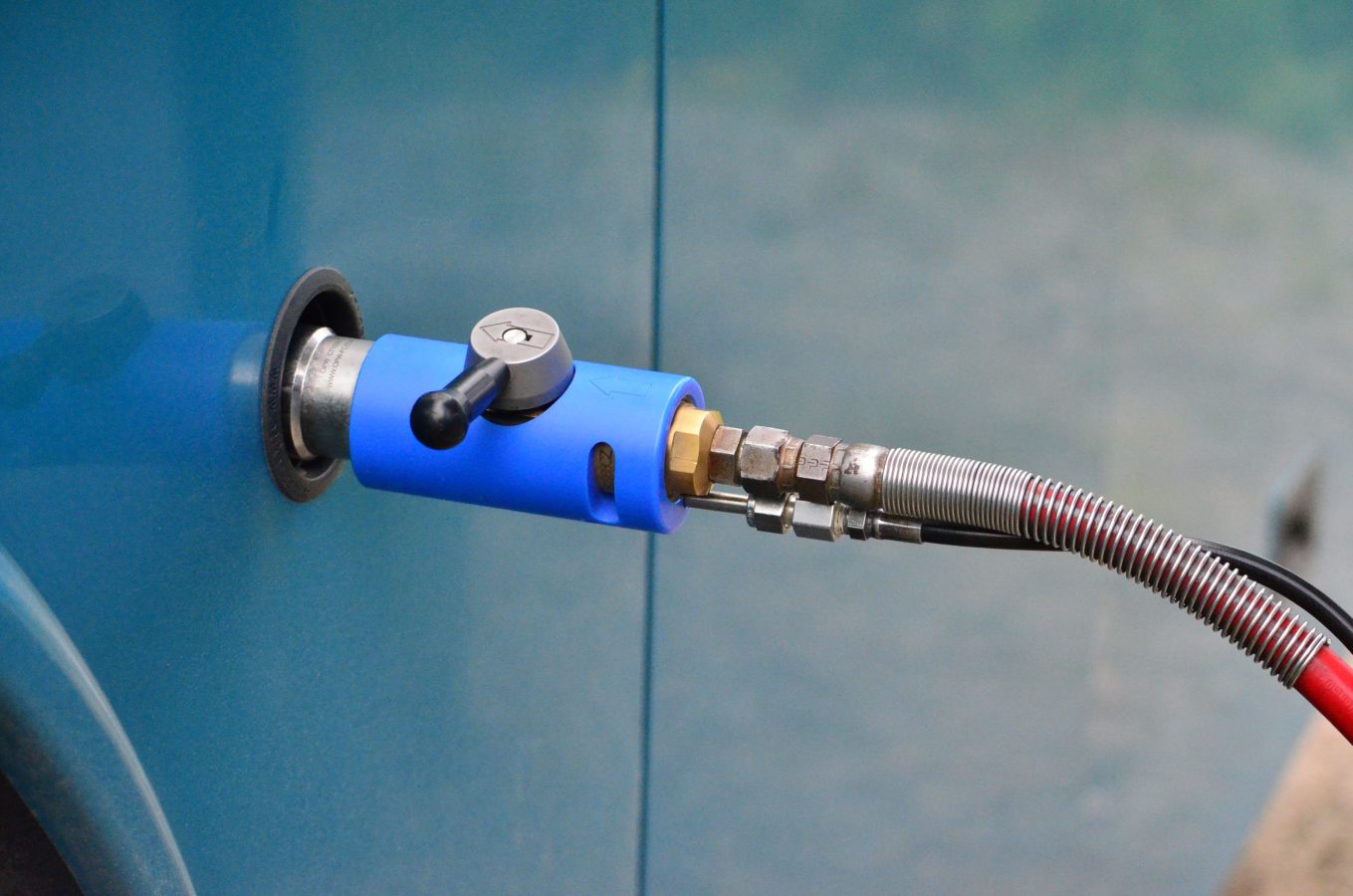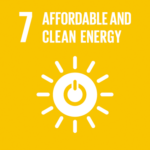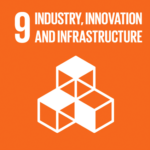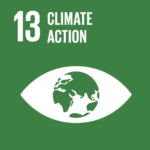Biogas has potential

Blog - Published 6.5.2024
Tervola, some 660 kilometres north of Helsinki as the crow flies, is currently the site of the world’s northernmost biogas facility, while Rovaniemi, some 40 kilometres further north, will see the opening of the world’s northernmost distribution station for liquefied biogas in the summer of 2024. By 2040, Finland could be the eighth largest biomethane producer in the EU. Finland’s biogas and biomethane production have grown moderately in recent years, but announcements of investment plans promise a growth leap in 2026. They would mean a doubling of the production volumes of biogas and biomethane, and the production volumes of recycled fertilizers would be many times higher than now.
In its proposal for climate action for 2040, the EU Commission takes well into account the potential of recycling nutrients. This provides a solid basis for the strive for growth in the field in Finland and throughout the EU.
The demand for renewable gases is expected to grow, especially for use in marine traffic, industry and trucks, for which EU regulations impose strong obligations to reduce emissions stretching far into the future.
Each year in Finland, plenty of nutrient-rich sidestreams are created that can be processed into biogas and organic recycled fertilizers. At the moment, only a small part of these sidestreams are processed industrially. The processing of manure in a biogas facility enables not only the production of renewable energy, but also a more efficient management of nutrients. Thanks to this, it is easier to transport the nutrients to wherever they are most needed. This would also create new business opportunities within the primary sector.
At the moment, the annual biogas production in Finland is about 1 terawatt hour, corresponding to less than one percent of the consumption of renewable energy in Finland. Statistics compiled by the Finnish Biocycle and Biogas Association show that 52 biogas investments are currently being planned and constructed in Finland (as of April 2024). If and when completed, they would bring 1.2 terawatt hours of new capacity for biogas and biomethane production in Finland.
Over 90% of the new production would consist of biomethane, of which a considerable share would be liquefied biomethane for use in trucks and also marine vessels. The minimum financial impact of these investment projects is EUR 650 million, and if realized, they would create about 800 permanent jobs in the biogas facilities. The facilities would process 2,700,000 tonnes of various sidestreams per year. The most important inputs would be manure and other agricultural sidestreams.
A European report published in April 2024 estimates Finland’s potential for biomethane production to be slightly below 10 terawatt hours in 2040. The report estimates that, in addition to biomethane production based on anaerobic digestion, there exists in Finland a considerable potential for biomethane production using thermal gasification. This method can be used to process forest biomass and grades of waste, for example. Thanks to new investments, Finland could become the eighth-largest producer of biomethane within the EU.
Estimates on the production potential of biogas do not include the potential of biogenic carbon dioxide recovery. Crude biogas contains carbon dioxide and other impurities, which are removed in biomethane production. The carbon dioxide thus recovered can be used and stored in several ways: it can be processed into e-methane, or it can be stored as a permanent artificial sink in concrete products and elements, for example.
Most on-going investment projects for biogas facilities in Finland have only reached the planning or feasibility study stages. The final decision to construct will be taken when the business risk of the investment is bearable, the payback period is reasonable and the project is deemed profitable overall. In this context, national decisions play a significant part. It is of primary importance to achieve a clear understanding of the long-term national perspective. Finland’s national climate policy, currently being updated, holds a central position. Conflicting decisions, especially as regards the reduction of emissions from road traffic, appear to have slowed down the investments already.
Biogas and the recycling of nutrients are a veritable win-win solution: they enable simultaneously a better self-sufficiency as regards energy and nutrients, the reduction of emissions from agriculture and transport, and a better self-sufficiency as regards production inputs. The investments and jobs will be distributed across Finland, including rural areas outside urban settlements. This is truly something worth investing in!
Agenda2030
New biogas investments promote the following Sustainable Development Goals of the UN:
- Goal 7: Affordable and green energy
- Goal 9: Sustainable industry, innovation and infrastructure
- Goal 13: Climate action
Article image: Fueling biogas bus, Eksergia.fi (CC-BY 4.0).



